Avoid costly roofing errors with this guide to common mistakes and how to prevent them. Learn how to protect your roof and save on future repairs.
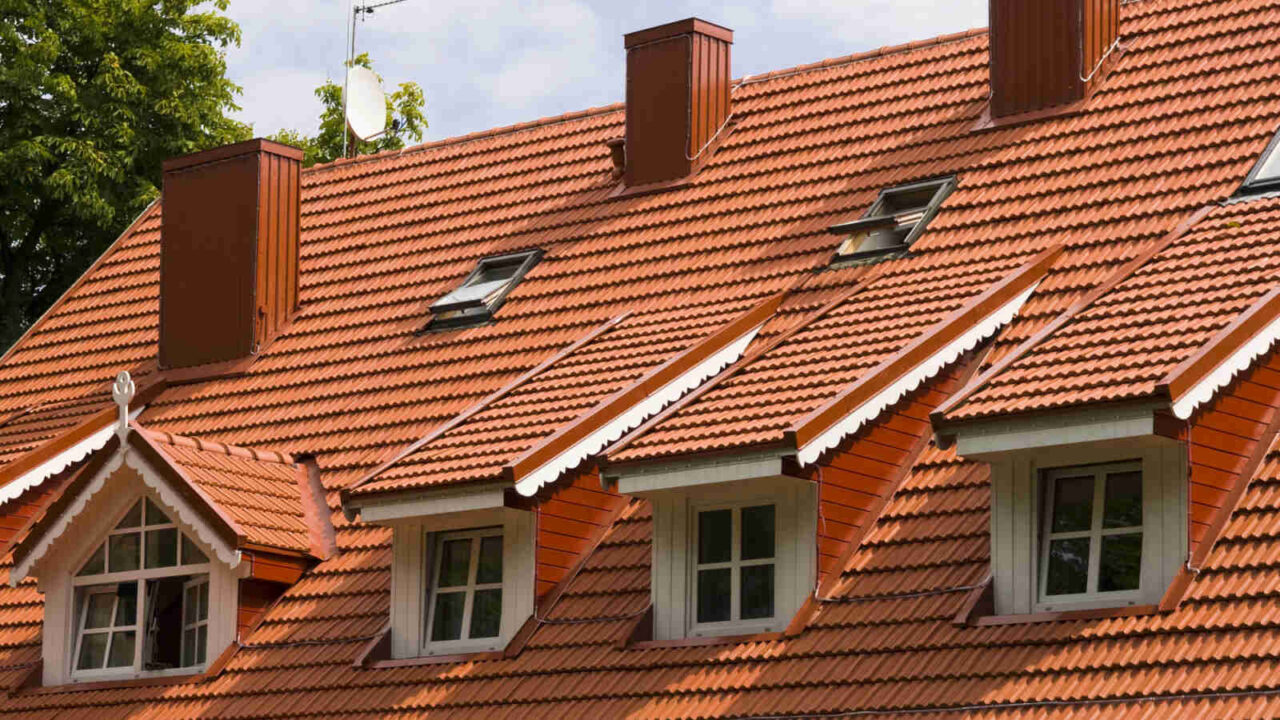
Costly Roofing Errors
Roofing mistakes may seem small, but they can lead to big expenses down the line. From improper installations to neglected maintenance, each slip-up can impact your home’s safety and value.
Swipe through to learn about common roofing missteps that homeowners make and find out how to avoid costly surprises later on. Don’t let a tiny oversight lead to a major headache.
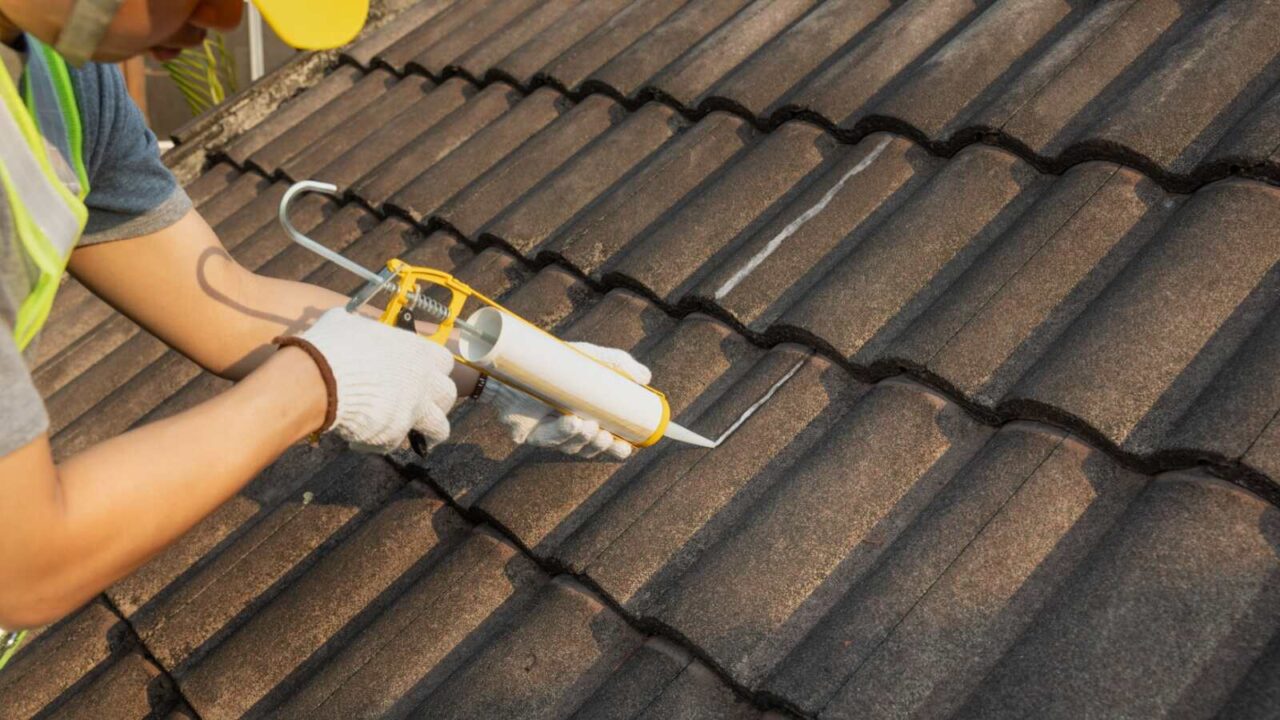
Ignoring Small Leaks
A tiny leak may not seem like a big deal, but it can lead to serious damage if left unchecked. Water sneaks into hidden spots, causing mold and structural damage over time.
Instead of brushing off that drip, address it ASAP with a quick patch or professional fix. Remember, fixing a minor leak now is way easier than dealing with a major repair later.
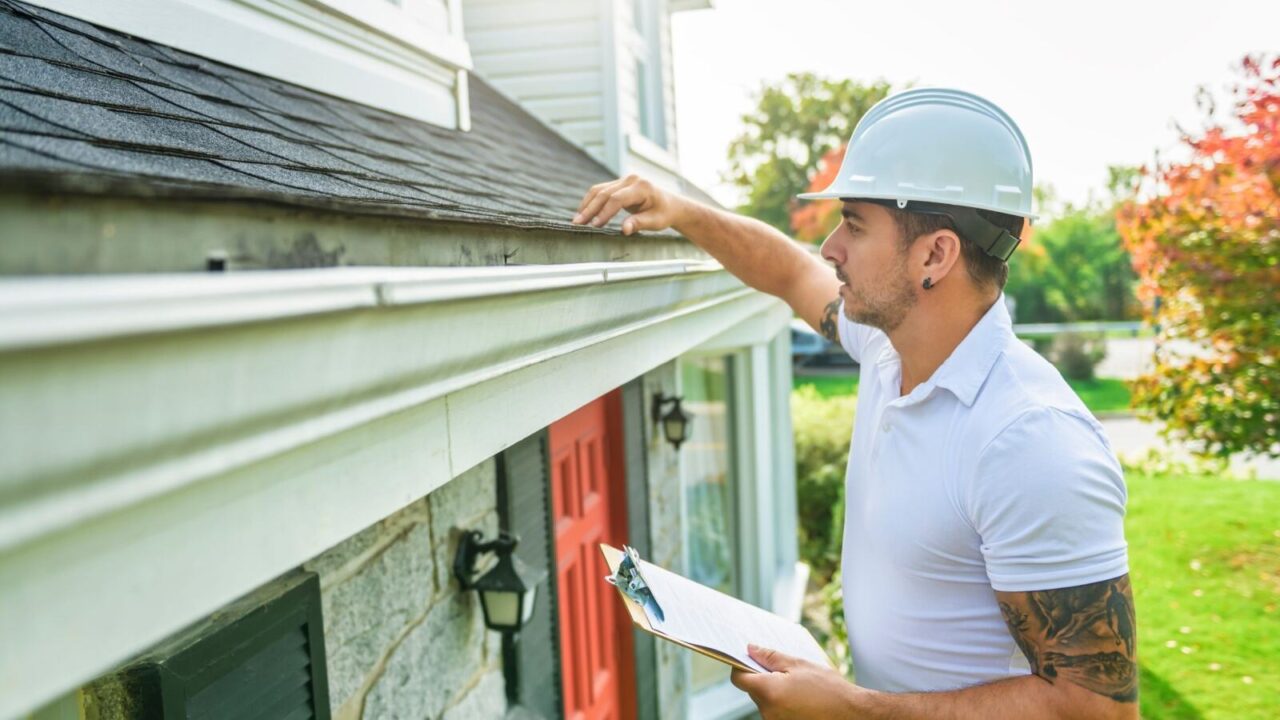
Skipping Regular Inspections
Your roof needs regular check-ups to stay in tip-top shape. Skipping routine inspections might seem harmless, but it allows minor issues to worsen over time.
Twice-yearly inspections can catch early signs of wear, letting you fix them before they escalate. Consider it your roof’s wellness check, it keeps things secure and extends its life.
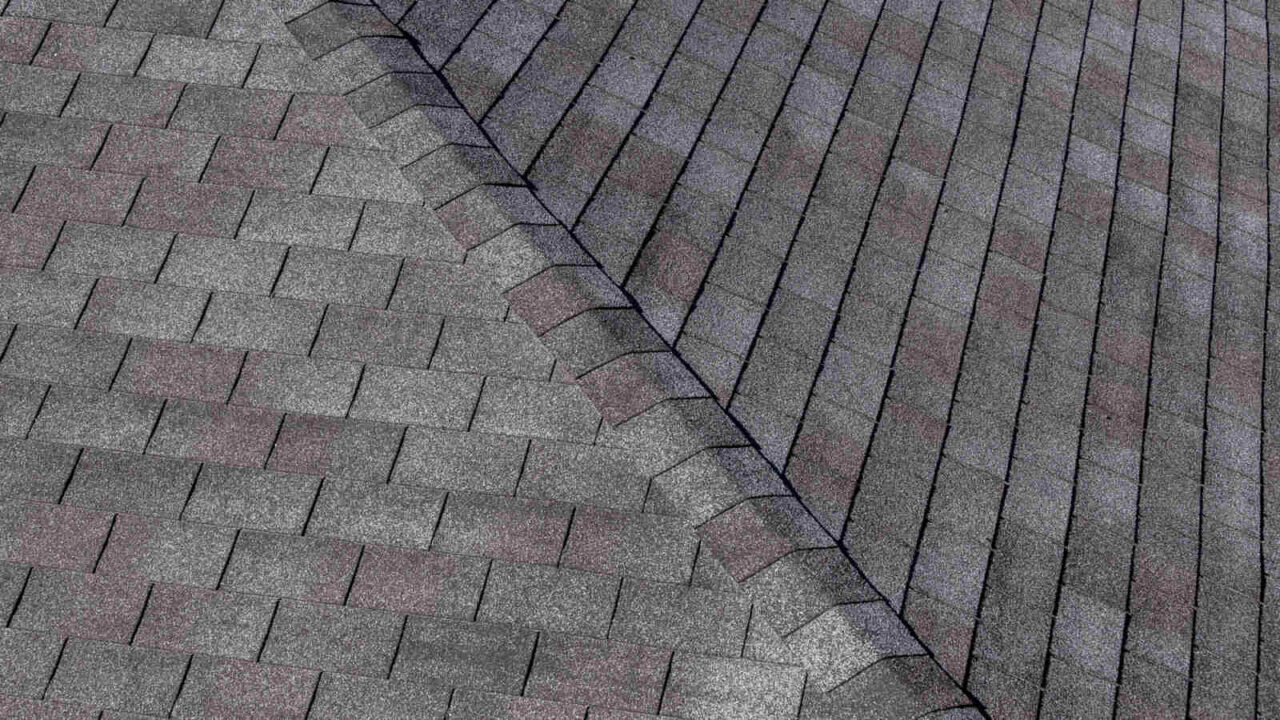
Improper Shingle Placement
Misaligned shingles don’t just look bad, they compromise your roof’s defense against the elements. Gaps and overlaps can lead to leaks and reduced durability over time.
Proper shingle alignment is crucial to keep water out and protect your roof’s longevity. A little attention here can save you from an unexpected re-roofing job later on.
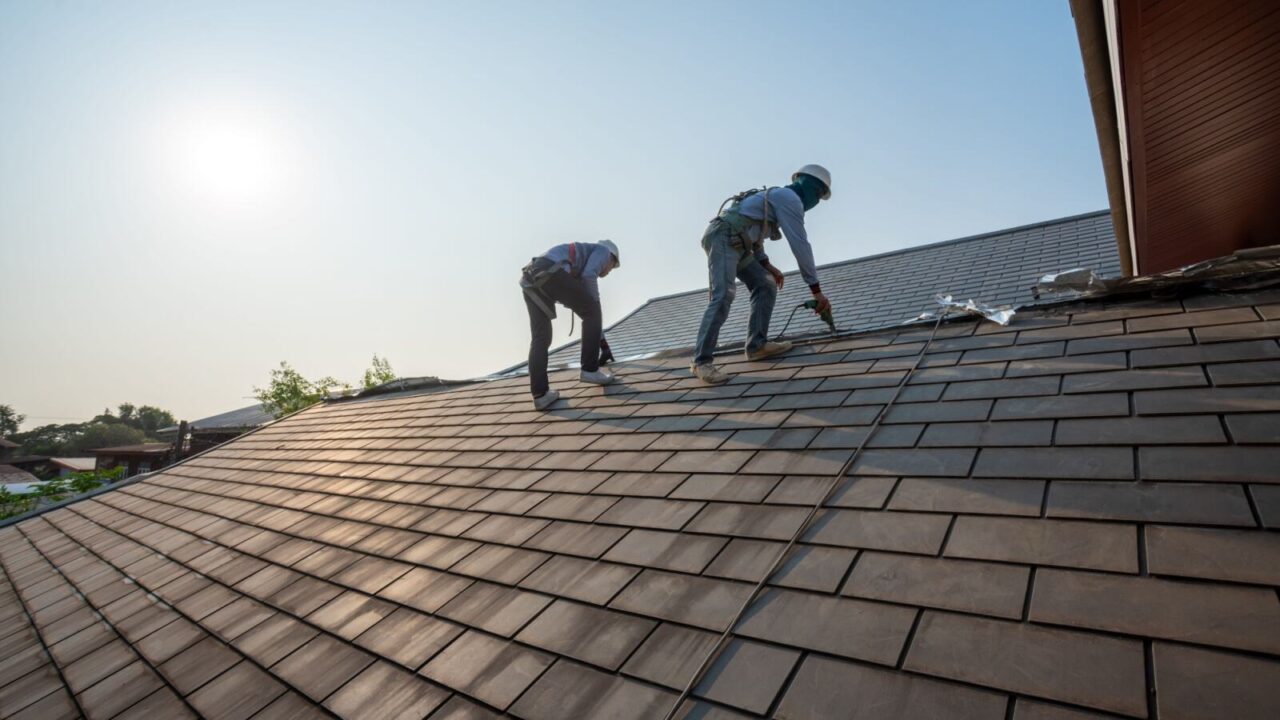
DIY Repairs Gone Wrong
Thinking about fixing that loose shingle yourself? DIY roof repairs can quickly go south if you’re not careful.
Climbing on the roof is risky, and using incorrect materials or methods can cause more damage than good.
Save yourself the hassle and call a pro for complex issues. Sometimes, leaving it to the experts is the smartest (and safest) choice.
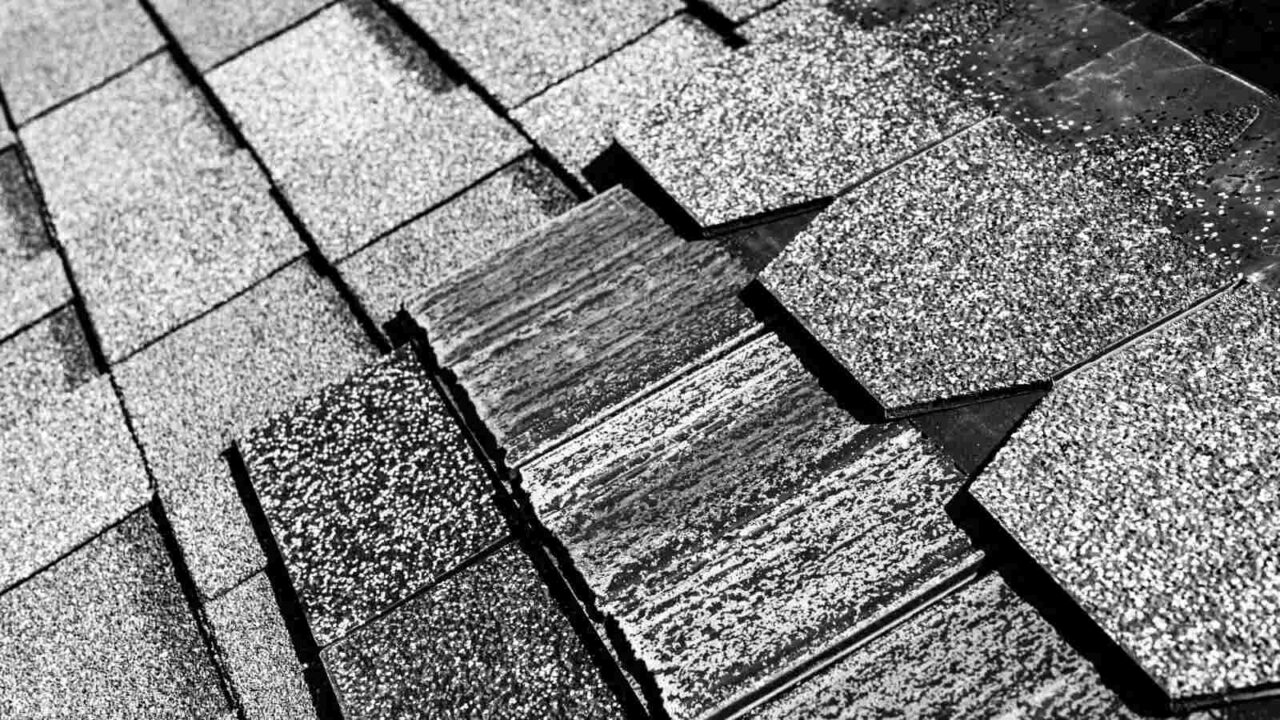
Choosing Cheap Materials
Going for budget-friendly roofing materials might seem like a win, but it often leads to more costs in the long run. Cheap materials wear down faster, meaning you’ll likely face repairs or a full replacement sooner than expected.
Invest in quality materials from the start, it may be pricier upfront but will save you from frequent repairs later on.
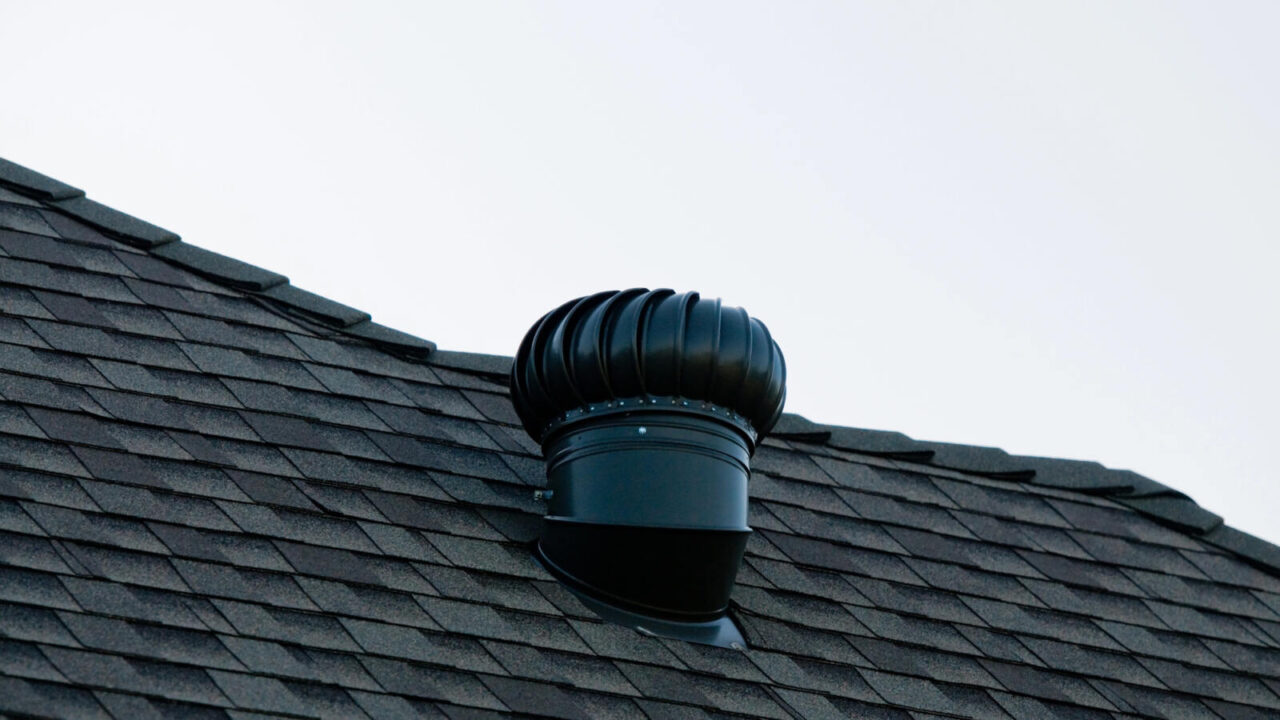
Poor Ventilation Planning
Poor ventilation might seem minor, but it can cause significant issues, like trapping heat and moisture inside your roof. This can lead to warped shingles and even mold over time.
Install vents strategically to keep airflow balanced, helping your roof breathe while preserving its structure. Good ventilation not only keeps things cool but also extends the life of your roof.

Using Improper Fasteners
Using the wrong nails or fasteners may seem trivial, but they play a critical role in securing your roof’s materials. Improper fasteners can lead to loose shingles and structural instability over time.
Invest in high-quality, weather-resistant fasteners that are compatible with your roofing material. It’s a small detail that adds big-time durability.
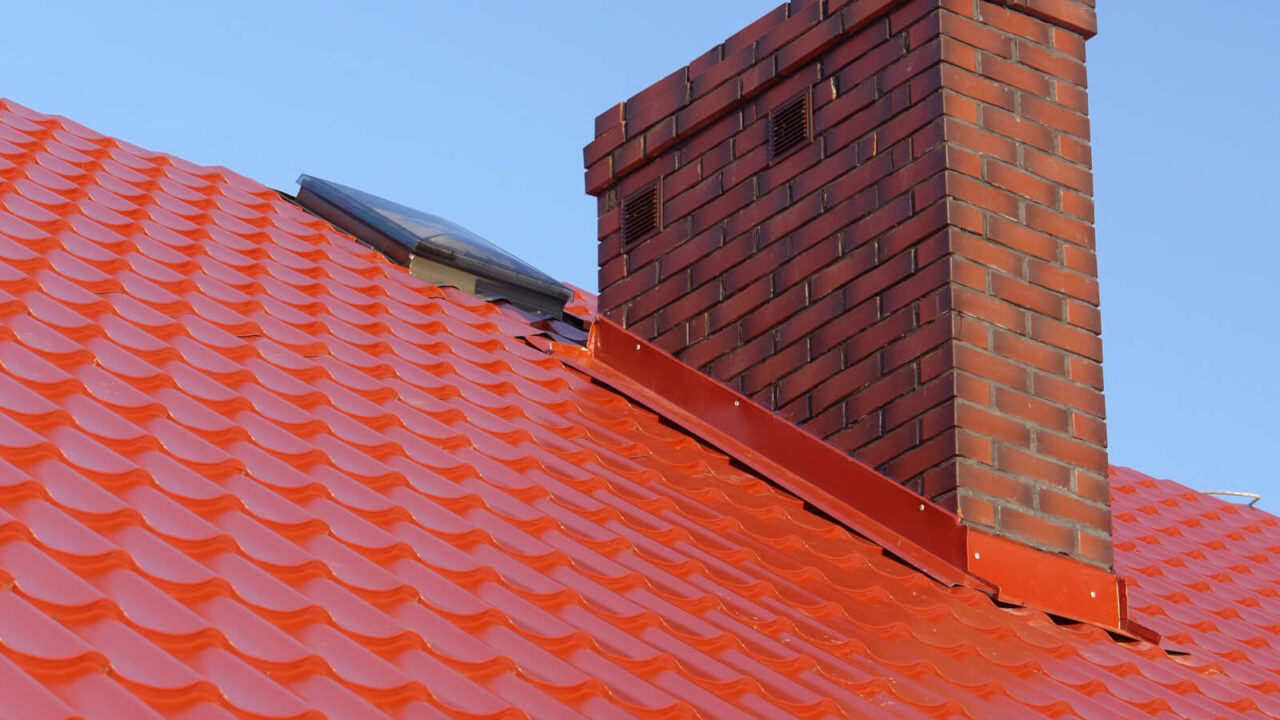
Overlooking Flashing Installation
Flashing protects areas where your roof meets other surfaces, like chimneys or vents, so improper installation can lead to leaks and water damage.
Poor flashing can let moisture seep in, weakening your roof’s overall structure. Double-check that the flashing is installed correctly and securely sealed. It’s your roof’s shield against those tricky leaks.
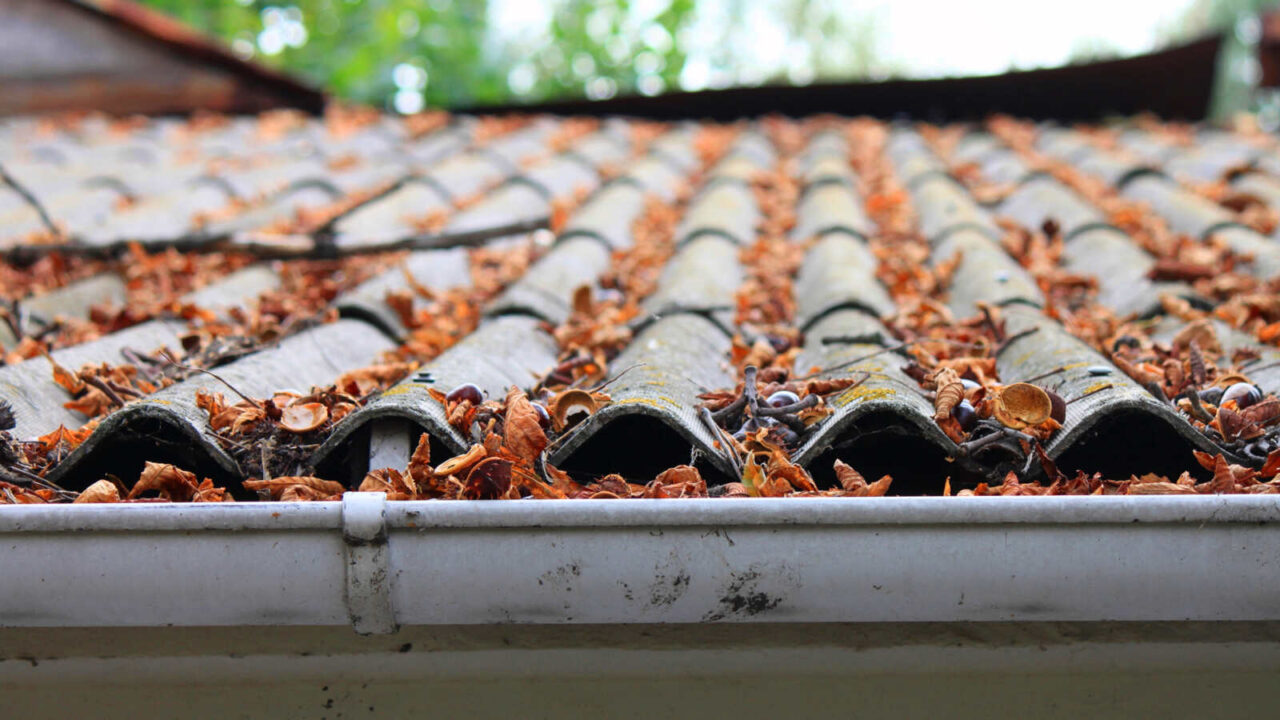
Neglecting Roof Cleaning
A cluttered roof may seem harmless, but debris like leaves and branches can trap moisture and lead to mold or rot. Ignoring regular cleaning can also add unnecessary weight, weakening the structure over time.
Set aside time for routine roof cleaning or hire a service to keep it clear and strong. A little cleanup goes a long way in protecting your investment.
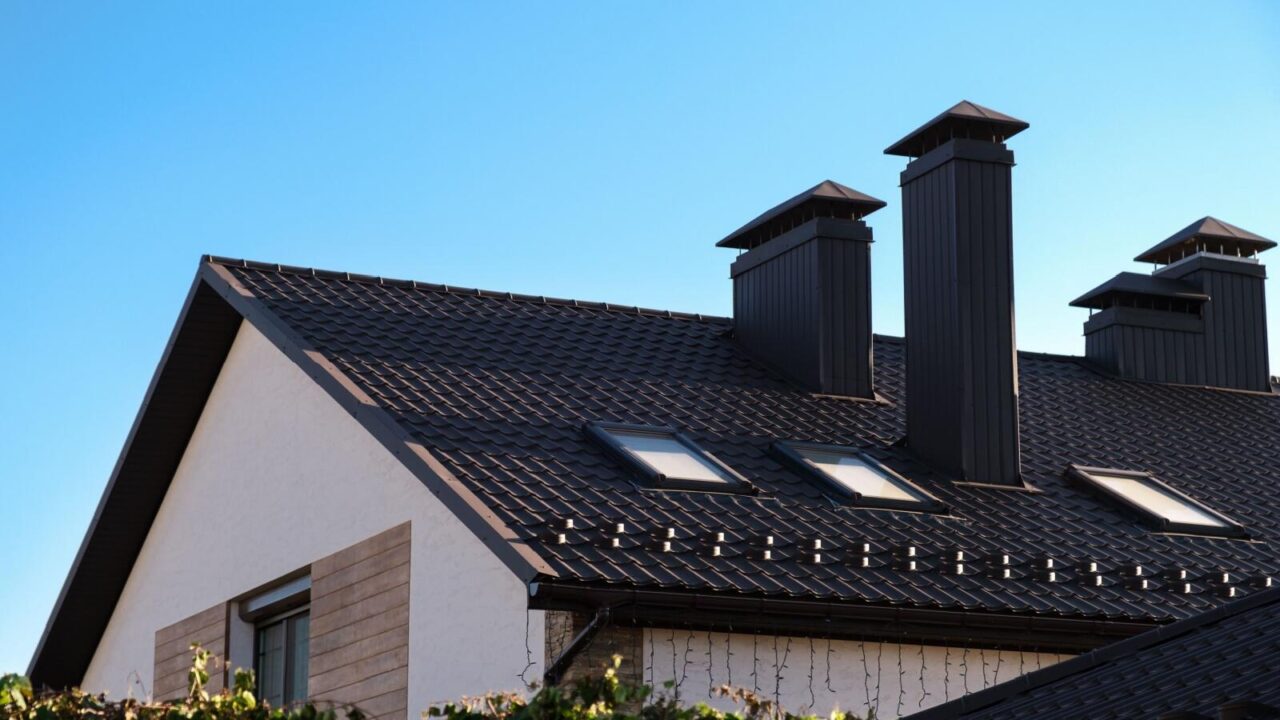
Incorrect Slope Selection
A roof’s slope isn’t just about aesthetics, it affects water drainage and durability, too. Choosing the wrong slope for your roof style can cause water buildup and leaks.
Be sure to consult with a roofing expert on the correct angle for your roof type, especially if you live in an area prone to heavy rain or snow. The right slope makes all the difference.
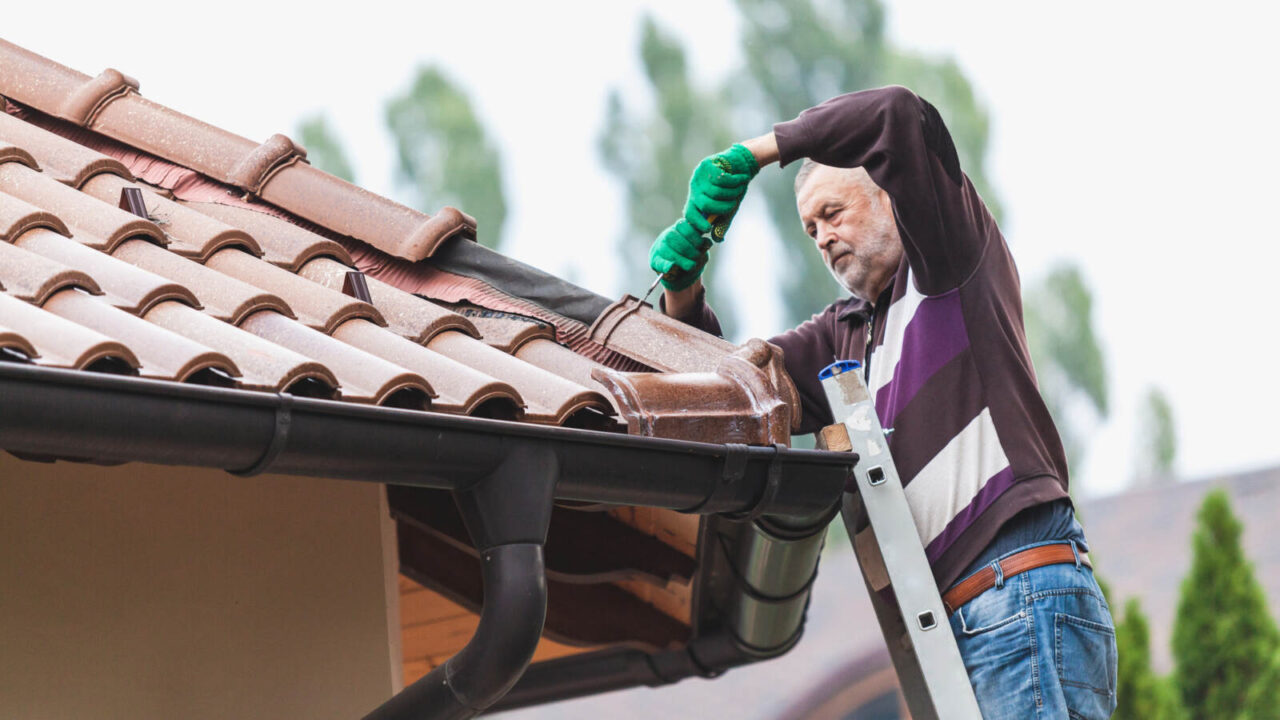
Improper Roof Slope Repairs
When repairing a sloped roof, it’s essential to follow the roof’s natural angle. Any adjustment to the slope can disrupt water drainage, leading to pooling and leaks.
Stick to repairs that maintain the original slope, or consult a pro to ensure proper adjustments. By keeping the angle just right, you’ll avoid unexpected (and costly) drainage issues.
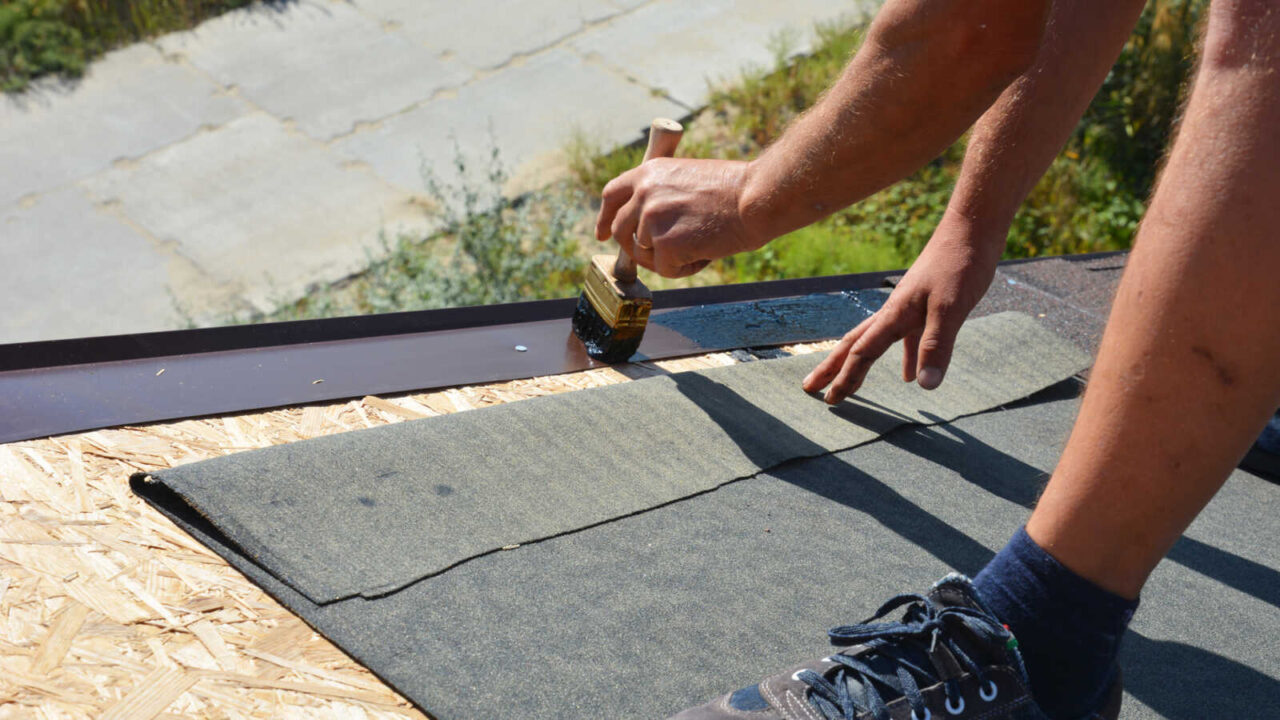
Skipping Underlayment
The underlayment is the unsung hero beneath your shingles, acting as a waterproof barrier against the elements. Skipping this layer leaves your roof vulnerable to leaks and moisture damage.
Make sure to include quality underlayment during any roofing project. It’s a small but critical step that adds an extra layer of defense for your home.
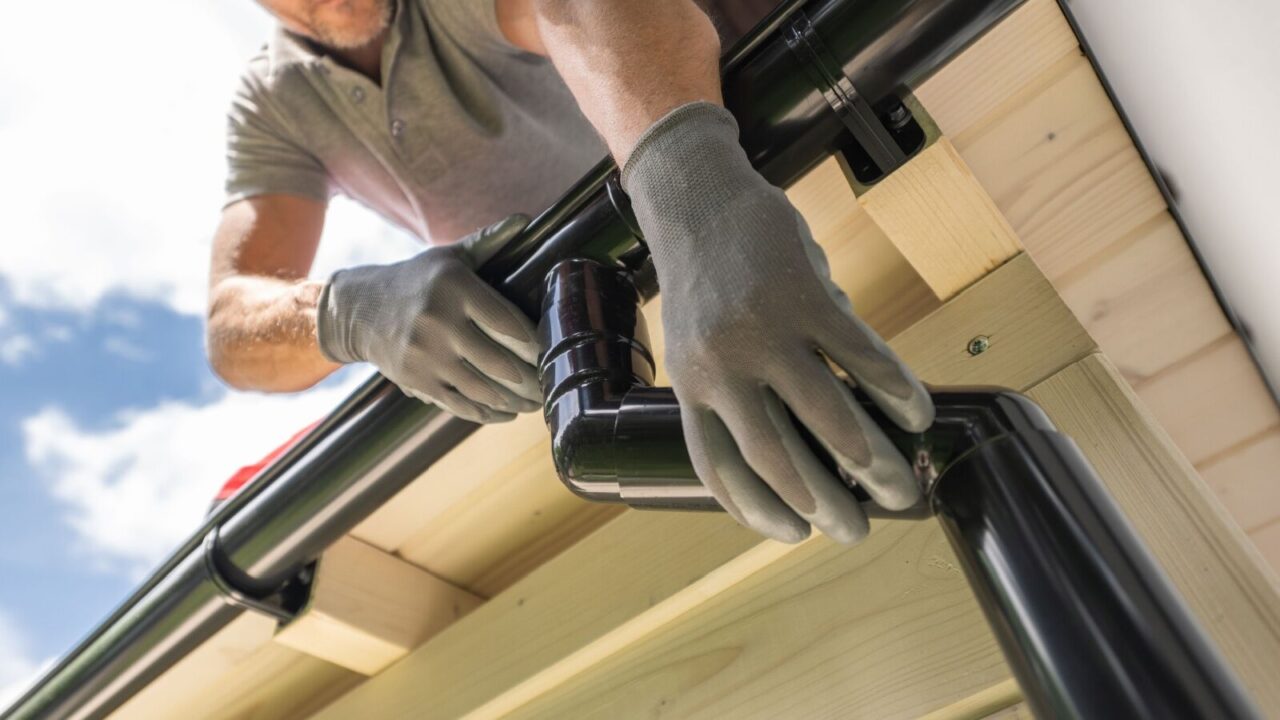
Neglecting Old Gutters
Old or clogged gutters can cause water to back up onto your roof, leading to leaks and even structural damage over time. Gutters need to be clean and in good shape to keep water flowing away from the roof’s edges.
Regularly check and replace worn-out gutters to prevent water-related headaches. Clean gutters mean a healthier, longer-lasting roof.
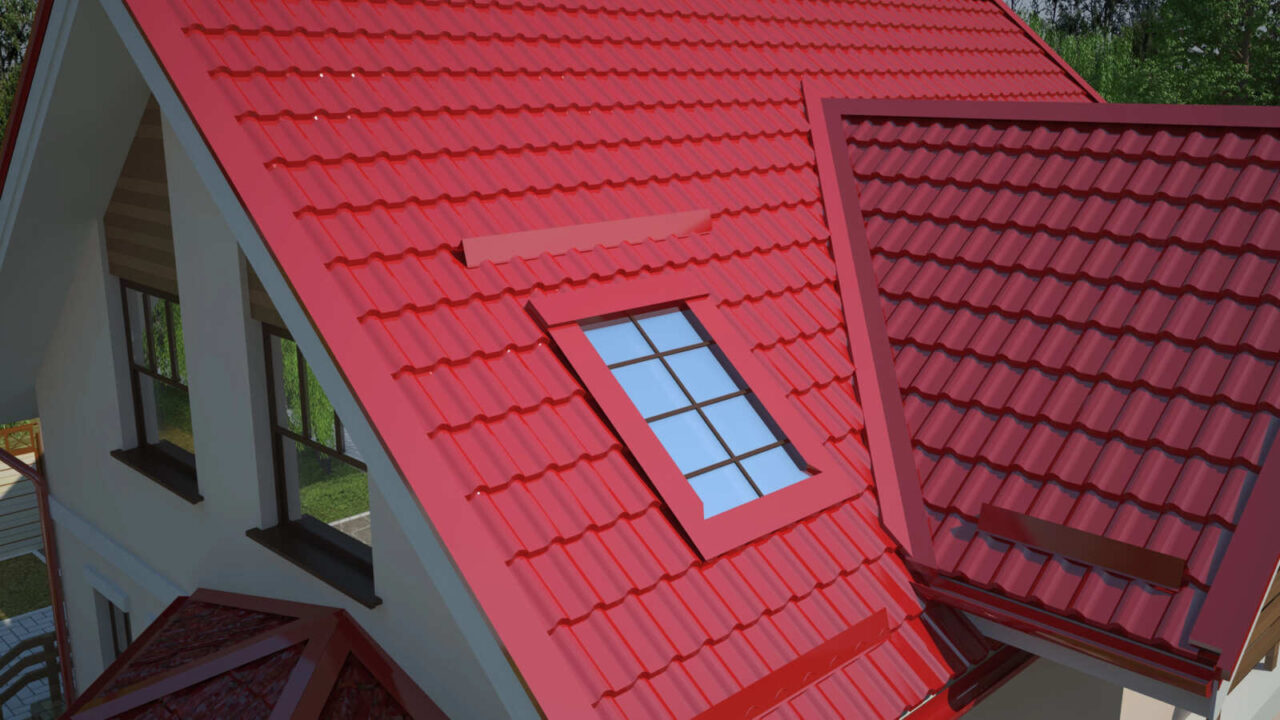
Ignoring Weather Compatibility
Not every roofing material suits every climate. Installing the wrong type can lead to warping, leaks, or faster wear in extreme weather.
Be sure to choose materials suited for your region, like metal for snowy areas or clay tiles for heat. Tailoring your roof to the climate keeps it sturdy and effective, whatever the weather throws at it.
You can also check out Rainy Season Ready: Waterproofing and Mold Prevention Tips for extra protection during wet weather.
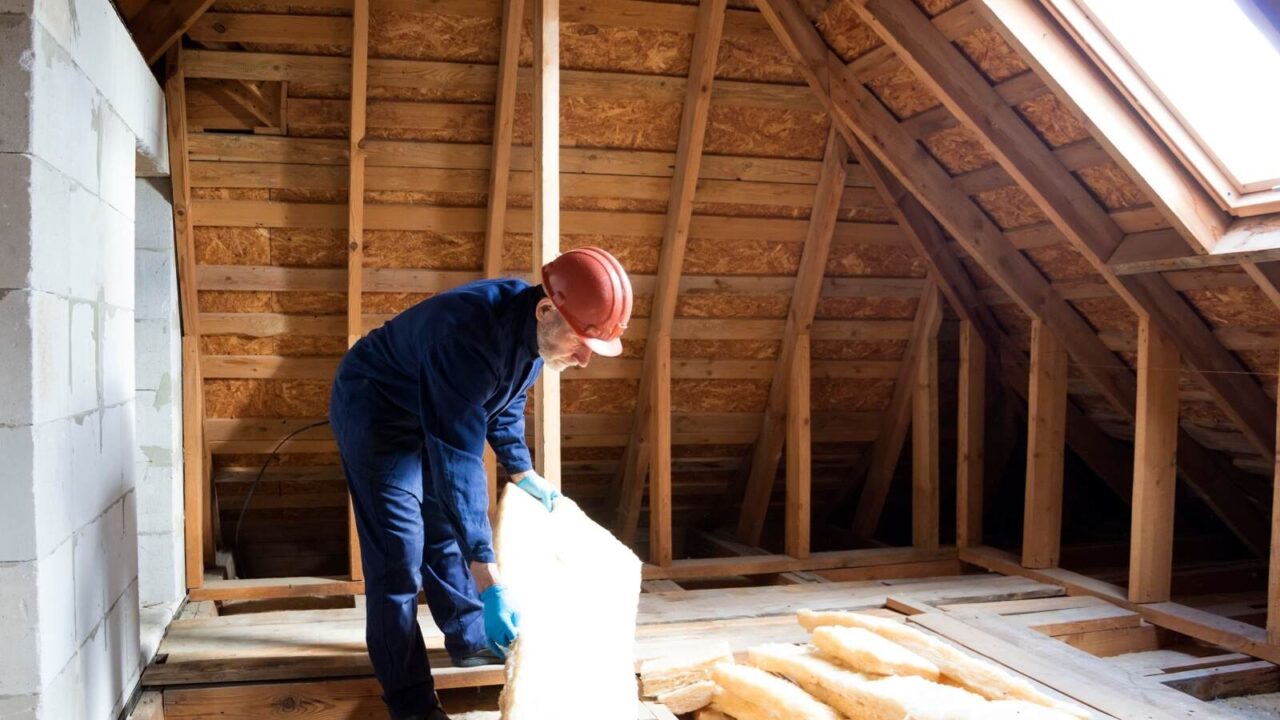
Improper Attic Insulation
Skipping or skimping on attic insulation may not seem like a roofing issue, but it’s closely connected. Poor insulation lets heat escape, which can cause snowmelt and ice dams in colder climates, damaging your roof.
Insulate your attic properly to protect your roof from these seasonal challenges.
A well-insulated attic means a healthier roof overhead – and if you’re inspired, check out Turn Your Attic into a Cozy “Star-Gazing” Loft for creative attic transformation ideas.